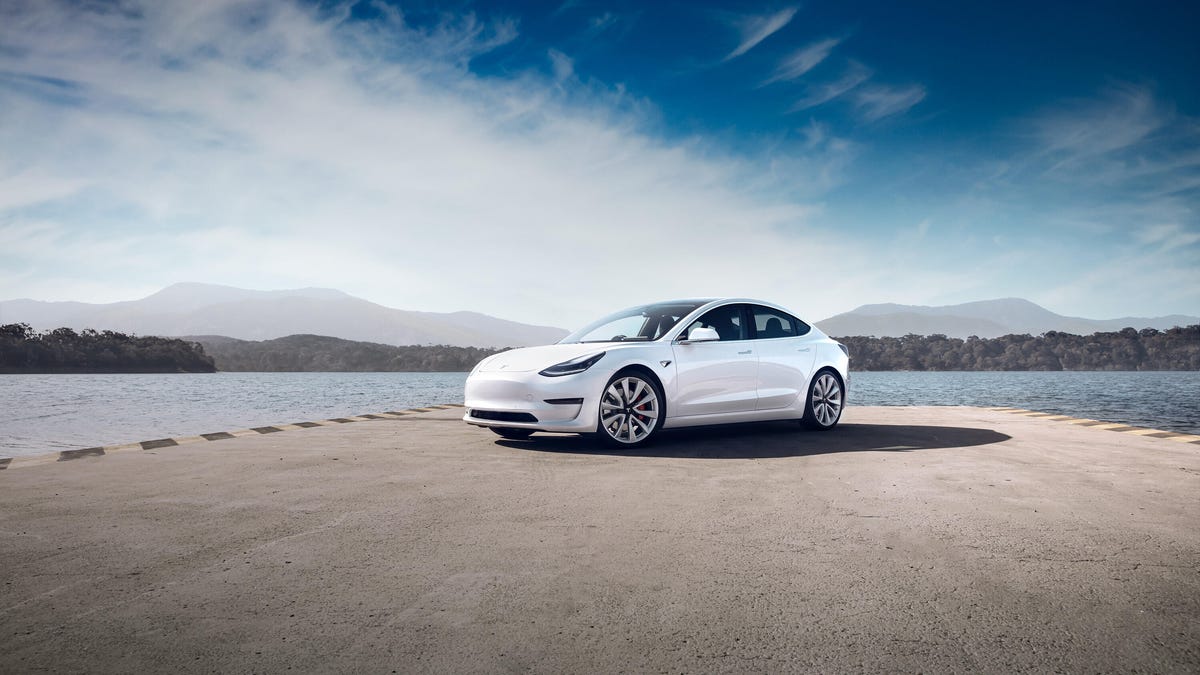Here's how much the US could save if 25% of vehicles were electric
A new study projects the US would save billions of dollars in climate and health spending if just a quarter of active vehicles were electric.
Electric cars are coming, but what if just 25% of the vehicles on US roads already were electric? Well, there's now a study for that.
Researchers from Northwestern University sought to find out how much the country could save annually if electric car adoption rates hovered around 25% of all cars active back in 2014. The monetary values assigned were based on costs expected in the future regarding climate and health damages, which also includes agricultural damage. A chemistry-climate computer model used data from tailpipe emissions to see how they influence atmospheric chemistry, and then combined this data with another set from the EPA showing how air quality affects health.
When the computers ran the calculations, the result was staggering: The US would save $17 billion a year. Again, that's not a one-time savings, but an annual figure.
And what's more impressive is the savings don't assume any additional investment in renewable energy. Instead, the hypothetical EV fleet received power from 2014's energy infrastructure. The EV fleet would have kept an estimated 250 million tons of carbon dioxide emissions out of the air.
More aggressive scenarios where 75% of all cars were electric and renewable energy was more prominent showed savings of $70 billion annually.
Of course, EVs are hardly the norm six years after this study imagines a 25% adoption rate, and we've still got a ways to go. But in 2014, the Tesla Model 3 didn't exist, nor did the Chevy Bolt EV or a slew of other battery-powered vehicles. Further, charging infrastructure in 2014 was small in comparison to the number of stations available in 2020. Over the course of this decade, we'll likely start to see a real changeover as more automakers invest in the infrastructure and roll out a smattering of new electric cars.


